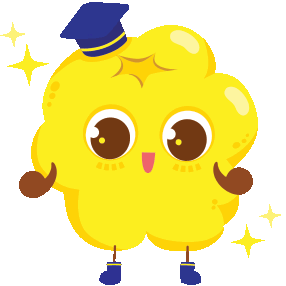- November 13, 2024
- Posted by: tsceducator
- Category: Thoughts & Insights

Music isn’t just for fun—it’s a powerful tool for learning. Research shows that music enhances memory, cognitive skills, and focus, making it a perfect match for abacus training. Combining rhythm with abacus learning can help your child not only improve their math skills but also boost their overall brain development.
Why Rhythm Matters
Studies by Hallam (2010) show that rhythm and melody help children grasp complex patterns more intuitively. Abacus learning relies heavily on pattern recognition, and by adding rhythm—whether through clapping, singing, or dancing—children can improve both their focus and memory. This method helps them internalize math formulas and sequences in a fun, engaging way.
Rhythm + Memory = Success
Beyond academics, rhythm supports emotional well-being. Research by Gfeller (1997) shows how rhythm aids memory, making learning more effective and enjoyable. By turning math problems into rhythmic songs or games, children are more likely to retain information and stay motivated.
Simple Ways to Integrate Music
You don’t need to be a music expert to use rhythm at home. Start by turning lessons into songs, clapping out multiplication tables, or tapping along to math problems. This multisensory approach makes learning more memorable and effective.
Conclusion
Combining music and abacus learning is a game-changer for your child’s cognitive and emotional growth. Start integrating rhythm today and watch your child thrive in a fun, dynamic learning environment.
References:
- Hallam, S. (2010). The Power of Music: Its Impact on the Intellectual, Social, and Personal Development of Children and Young People.
- Gfeller, K. E. (1997). Music and Cognitive Processing.
Start your child’s education on the right track, with TSC’s No. 1 Storytelling Approach. Visit a TSC centre near you, or contact us today!











